Daily Valve Maintenance
For operating valves, all internal components must be complete and intact. Bolts on
flanges and brackets are essential, and threads must be intact and free of looseness. If the handwheel fastening nut is found to be loose, it must be tightened promptly to prevent wear on the joints or loss of the handwheel and nameplate. If a handwheel is lost, an adjustable wrench must not be used as a replacement; it must be promptly replaced. The packing gland must not be skewed or lack preload clearance. For valves exposed to rain, snow, dust, wind, and other contaminants, a protective cover must be installed on the valve stem. The scale on the valve must be intact, accurate, and legible. Valve seals, caps, and pneumatic accessories must be complete and intact. The insulation jacket must be free of dents and cracks.
Maintenance of Idle Valves
1. Valve storage environment should be considered. Valves should be stored in a dry, well-ventilated room with both ends of the passage blocked.
2. Valves should be inspected regularly, cleaned of dirt, and coated with anti-rust oil.
3. After installation, valves should be inspected regularly to ensure proper operation.
4. Check the valve sealing surface for wear and repair or replace as needed.
5. Test the valve's sealing performance to ensure proper performance.
6. Inspect the trapezoidal threads of the valve stem and stem nut for wear, and inspect the packing for obsolescence and failure, and replace as necessary.
7. The packing gland must not be skewed or have insufficient preload clearance.
8. Operating valves must be in good condition, with all bolts on the flange and bracket intact and threads intact and free of looseness.
9. If a handwheel is lost, replace it promptly; do not use an adjustable wrench.
10. If the valve is used in a harsh environment, where it is susceptible to contamination from rain, snow, dust, wind, and sand, install a protective cover on the valve stem.
11. The scale on the valve must be intact, accurate, and legible, and the valve seal, cap, and pneumatic accessories must be complete and in good condition.
12. The insulation jacket should be free of dents and cracks.
13. Avoid striking or supporting heavy objects on operating valves.
14. Avoid operating process valves slightly open to prevent fluid impact and potential damage.
15. Valves must be operated within process parameters. Operating the valve overpressure is strictly prohibited.
16. When operating steam valves, open them slightly to drain condensate, then slowly open them to avoid steam-water shock. After fully opening the valve, reverse the handwheel slightly to ensure a tight seal between the threads.
17. Regularly inspect valve packing for leaks. Leaks should generally be corrected within 24 hours. Packing should not be replaced without replacement, and should not be overtightened to prevent leakage. Overtightening can cause operational difficulties and damage the valve.
18. Do not strike the valve with force, use the valve as a cushion, or stand on the valve.
19. When purging process pipelines, ensure that the process parameters experienced by the valve are within the allowable range to avoid damage to the valve packing and valve body.
Maintenance of the electric device:
Generally, routine maintenance of the electric device should be performed at least once a month. Maintenance includes: keeping the exterior clean and dust-free; protecting the device from contamination by steam, water, and oil. Ensure that the electric device is well sealed, with all sealing surfaces and points secure, tight, and leak-free. Ensure that the electric device is well lubricated and oiled regularly as required, and that the valve stem nut is greased. The electrical components must be in good condition and protected from moisture and dust.






 English
English Español
Español بالعربية
بالعربية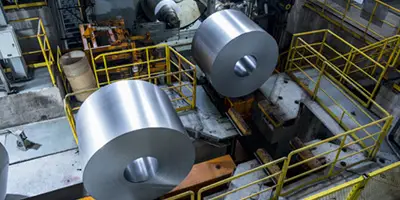


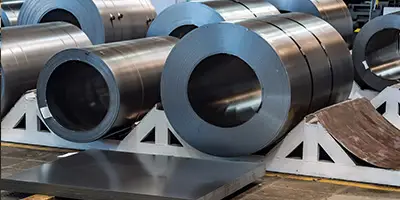

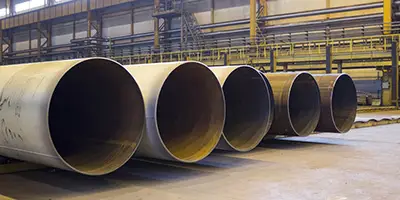


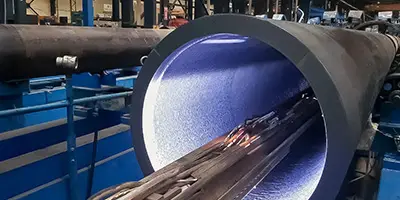


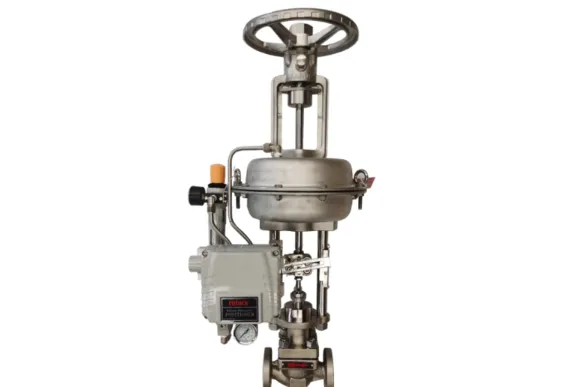
 Phone :
Phone :  Whatsapp :
Whatsapp :  Email :
Email : 


